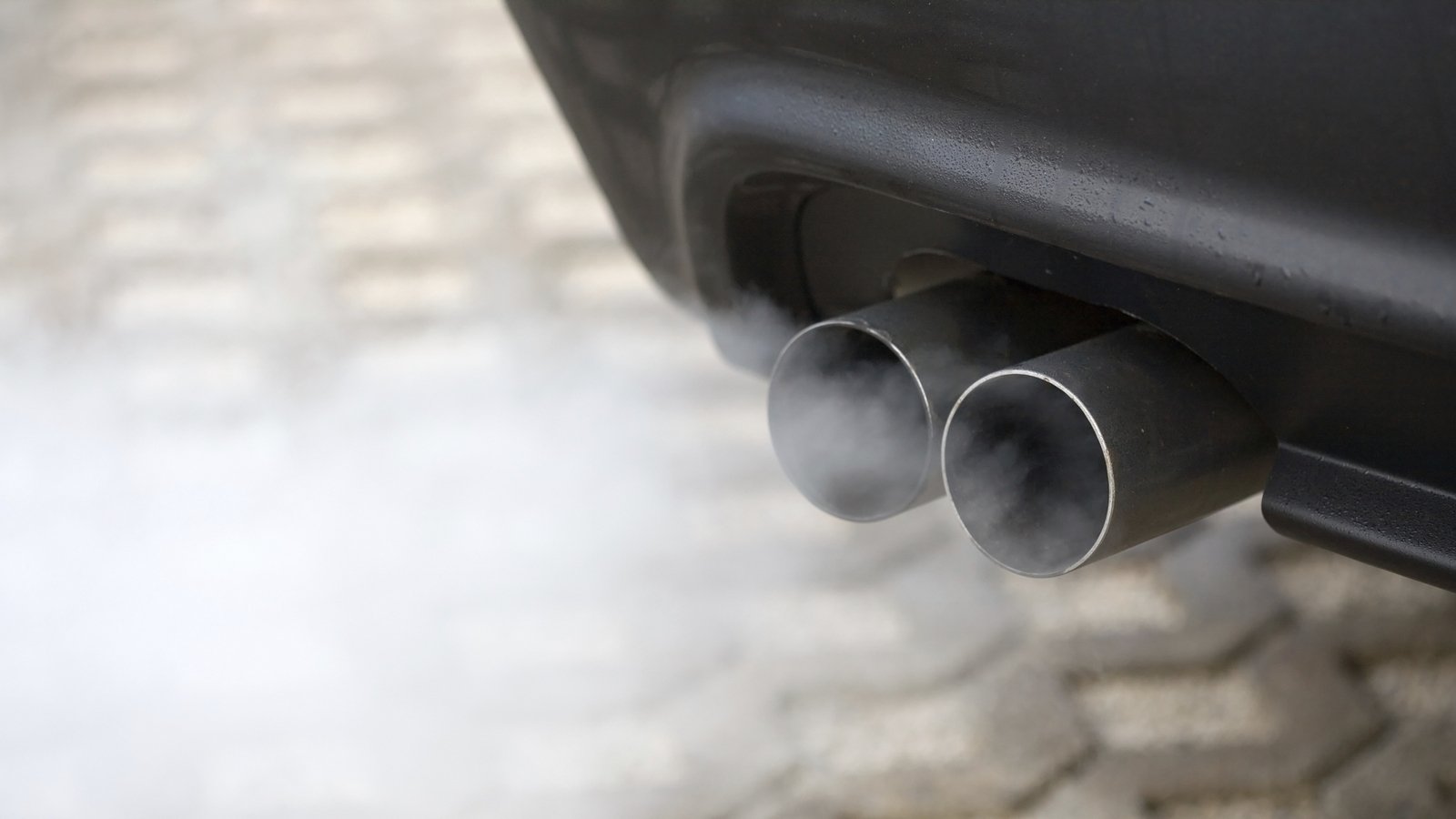Local authorities improved their environmental enforcement performance by 20% over the past three years, with 79% of the National Enforcement Priority (NEP) assessments meeting the required standard last year.
The Environmental Protection Agency (EPA) has published its report on the environmental enforcement performance of local authorities in 2024.
Last year, 630 staff across 31 local authorities conducted 227,400 environmental inspections, regulated 10,700 licences, permits and certificates, responded to 76,500 complaints, carried out 18,050 enforcement actions and initiated 414 prosecutions.
Six local authorities achieved high performance scores in 2024.
They were: Meath County Council, Dublin City Council, South Dublin County Council, Kildare County Council, Fingal County Council and Cork City Council.
The five lowest performing local authorities were Leitrim County Council, Galway City Council, Sligo County Council, Clare County Council and Donegal County Council.
The EPA said local authorities must prioritise and allocate appropriate resources to deliver the National Enforcement Priorities, which aims to improve air and water quality, promote increased recycling and re-use of waste and reduce people’s exposure to transport noise.
The report found that local authorities have made strong progress in enforcing environmental regulations over the past three years and improvements in areas such as tackling illegal waste activities and the enforcement of construction and demolition waste.
However, it also points to the need for increased focus on water, air and noise enforcement to fully deliver on the National Enforcement Priorities.
The report notes that the use of CCTV has proven successful in investigating and enforcing littering and illegal dumping in Longford.
A total of 71 incidents of littering and illegal dumping were recorded and submitted for investigation.
A total of 37 fines were issued, with 31 offenders identified using vehicle registrations.
Waterford City and County Council successfully addressed a significant environmental risk through enforcement action, resulting in the removal of silage bales that had been inappropriately stored adjacent to a lake.
This intervention effectively safeguarded the local water environment, the report said.
